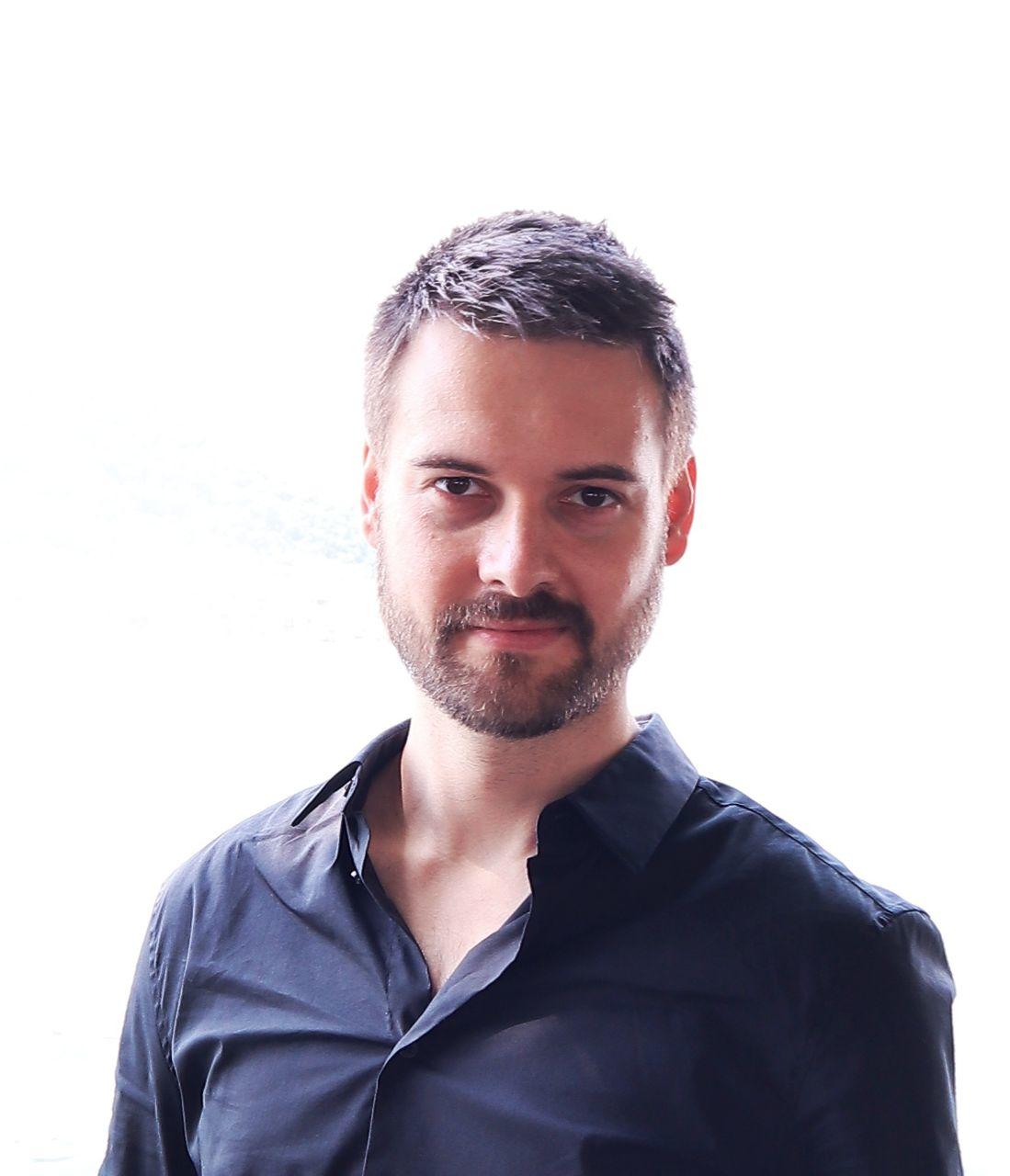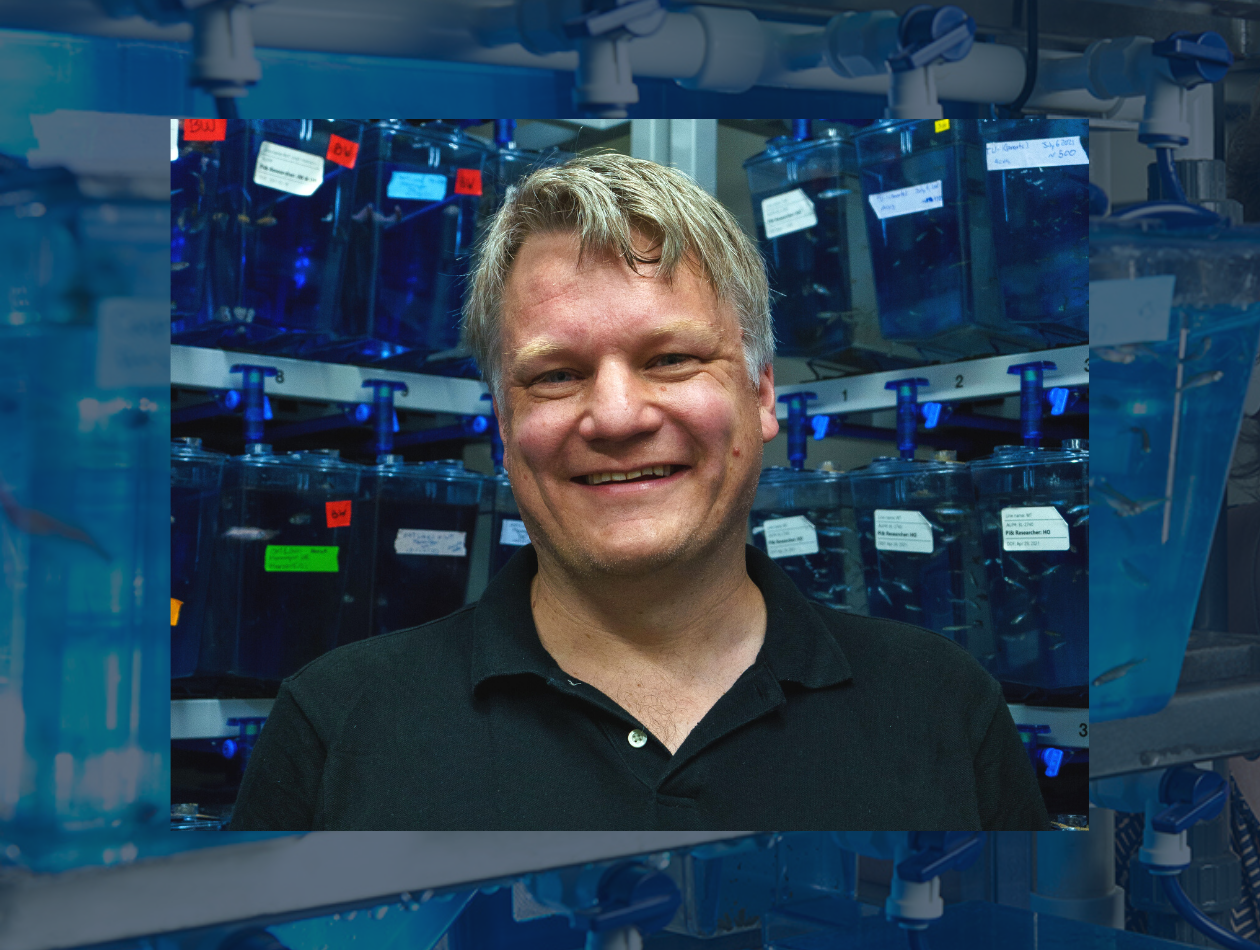They have been presented annually since 2016 to exceptional innovators from all sectors of Canadian society who have an impact on the quality of life in our country. Among the most recent recipients of this award is none other than Professor Xiaoyi Bao, uOttawa Professor of Physics and Tier 1 Canada Research Chair in Fibre Optics and Photonics. Prof. Bao received this award in recognition of her revolutionary invention of the Distributed Acoustic Sensor (DAS), an ultra-sensitive sensor technology used to monitor civil infrastructure. Made of optical fiber, DAS can be embedded in bridges, pipelines, airplanes, railways and nuclear reactors to detect stress fractures and temperature changes, in order to warn about impeding cracks and problems. DAS technology has quickly become a standard in non-destructive evaluation globally for the oil, gas and aerospace industries, and has already generated millions in revenues for Canada.

A physicist and expert in optical fibers, Prof. Bao discovered that transmission optical cables laid on the seabed picked up noise from tidal waves. She then worked with civil and mechanical engineers to exploit this phenomenon and develop technology for dynamic stress and temperature monitoring. Prof. Bao exploited the interference of Rayleigh scattering (a continuously distributed reflection pattern varying with temperature, strain and sound) to develop a technology capable of measuring the time-dependent pattern change at each point along an optical fiber attached to a structure (e.g., a pipeline) for non-destructive testing. In order to transform optical fibers into “fiber sensors” capable of detecting defects inside civil structures, Prof. Bao used fiber polarization, optical phase and optical delay time to record changes in the Rayleigh pattern. She can separate laser noise from temperature, strain and sub-Hz vibration along the structure in real time with her designed structural fiber. This enabled the distributed dynamic imaging of structures to hear and locate defects in the material and to record seismic activity. In addition to saving governments millions in infrastructure maintenance, Prof. Bao’s DAS technology can prevent oils spills, as well as highway, bridge, railway and airplane accidents. Through her invention, she is contributing to protecting the environment and saving lives across the world.
Over the years, Prof. Bao continued—and still continues—to innovate to improve DAS technology in order to increase its range of applications and overcome obstacles to its widespread use. More recently, she has been pushing this groundbreaking technology further by exploring how to image the size and depth of defects, as well as developing a cost effective ultra-stable laser for quantum sensing.
Read more:
- Dr. Xiaoyi Bao - Governor General’s Innovation Awards (gg.ca)
- CRPuO member Xiaoyi Bao is one of uOttawa’s first recipients of the Governor General’s Innovation Award for her pivotal work in fibre optics
- Six recipients from across Canada recognized for their ground-breaking work and excellence in innovation


